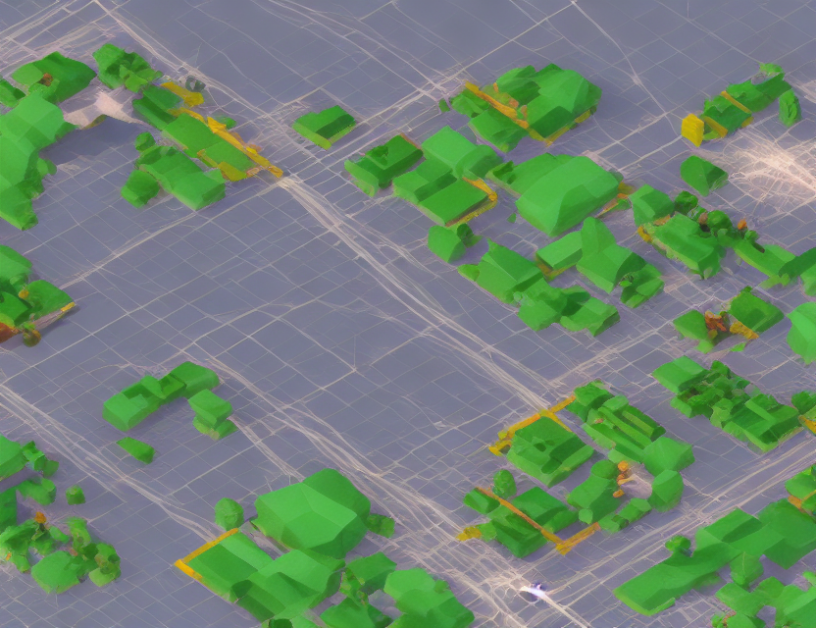In this article, we delve into the realm of text-to-motion synthesis, a technology that generates 3D human motions from textual descriptions. The authors explore the current state-of-the-art methods and their shortcomings, before introducing their novel approach called OMG (One-to-Many Generation). This method leverages pre-training, scaled up model architecture, and attention mechanisms to generate diverse and natural 3D human motions.
To better understand the complexity of this technology, let’s break it down into simpler terms. Imagine a magic wand that can conjure up any motion you desire, just by uttering a few words. Sounds like magic, right? Well, with OMG, we’re getting closer to making that magic a reality.
The authors begin by highlighting the limitations of existing methods, which often result in unnatural or overly simplistic motions. They argue that these approaches are limited by their reliance on diffusion-based models, which can lead to blurry or distorted motions. To overcome these challenges, OMG employs a novel architecture that combines cross-attention and feedforward networks, allowing for more accurate and diverse motion generation.
Now, let’s dive deeper into the OMG model. Essentially, it’s like building a Lego castle, where each brick represents a different part of the motion. The pre-training step is like stacking the bricks in a specific order, while the scaling up the model is like adding more bricks to the castle. Attention mechanisms are like the glue that holds everything together, ensuring each brick is properly aligned and connected to the others.
The article continues by presenting quantitative and qualitative results, demonstrating the superiority of OMG over existing methods in terms of both text-to-motion alignment and zero-shot performance. In layman’s terms, this means that OMG can generate motions that are more realistic and better match the intended characteristics, whether described in sentences or phrases.
Finally, the authors conduct ablation studies to analyze the contributions of different components within their novel model architecture. They find that pre-training, model scale, and attention mask all play crucial roles in achieving high-quality motion generation.
In conclusion, OMG offers a promising solution for text-to-motion synthesis, leveraging pre-training, scaled up models, and attention mechanisms to generate diverse and natural 3D human motions. By demystifying the complex concepts behind this technology, we gain a deeper understanding of its potential applications in fields such as animation, gaming, and virtual reality. As research continues to advance, we may soon witness the magical world of text-to-motion synthesis become a tangible reality.
Computer Science, Computer Vision and Pattern Recognition
Scaling Text-to-Motion Generation with Pre-training and Fine-Tuning



